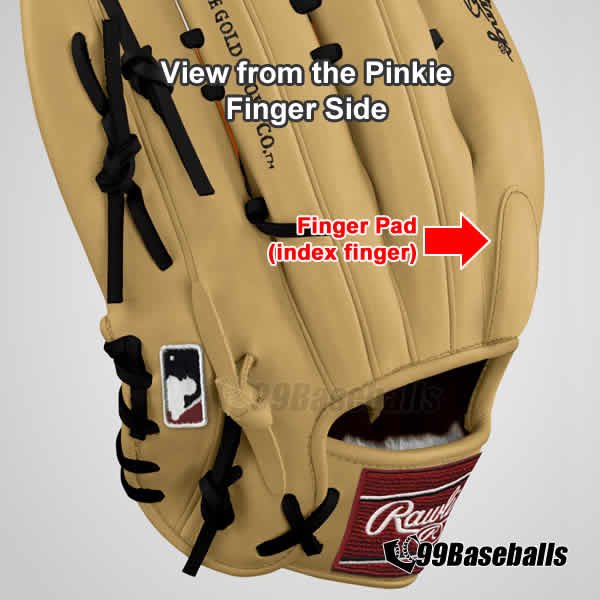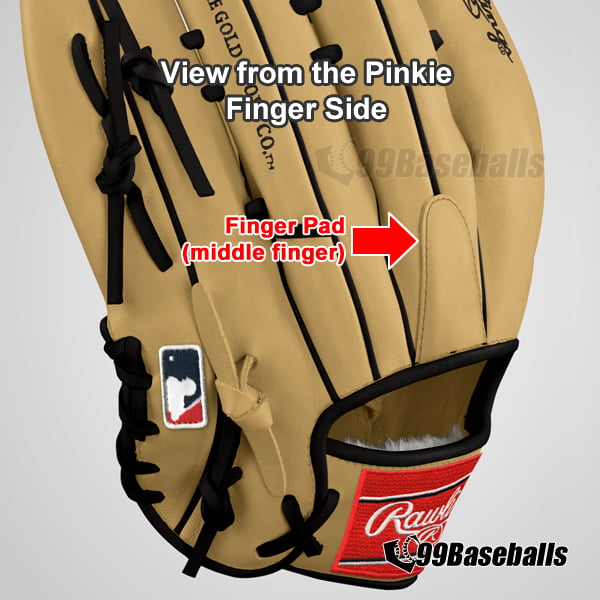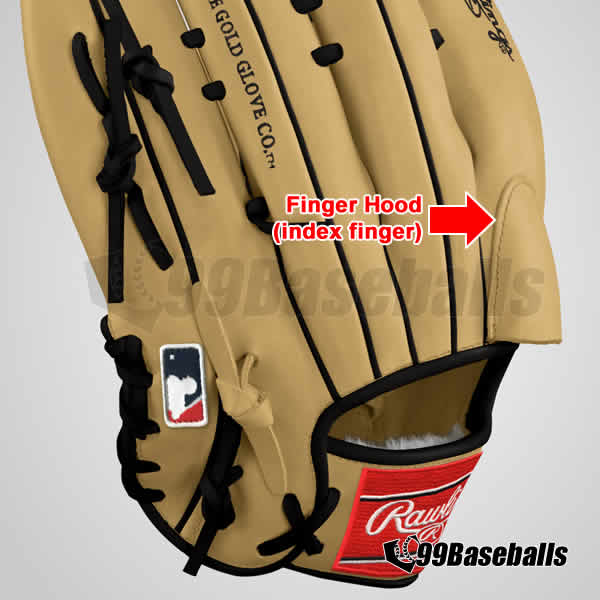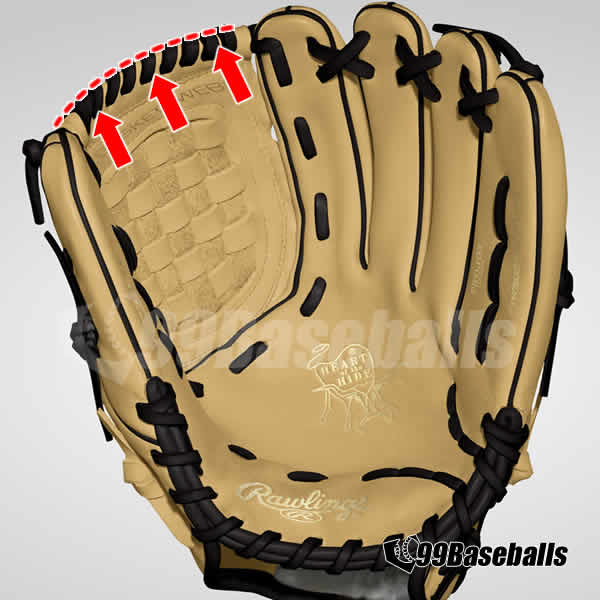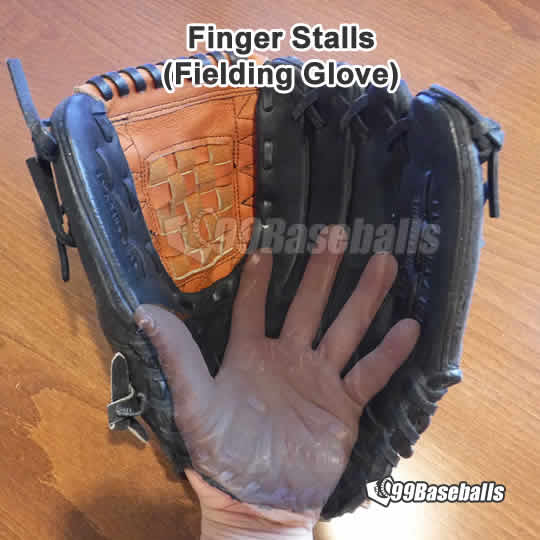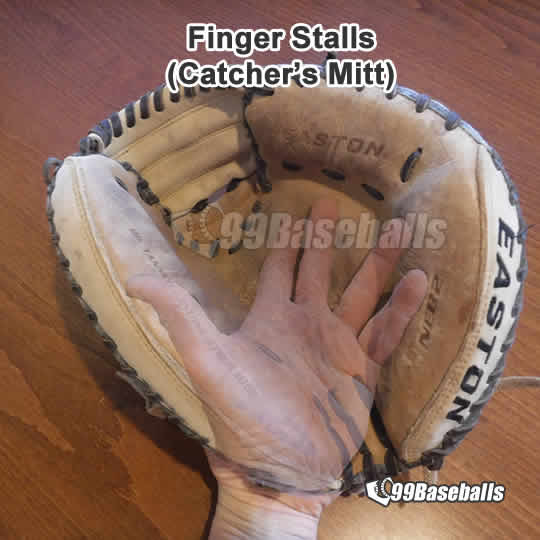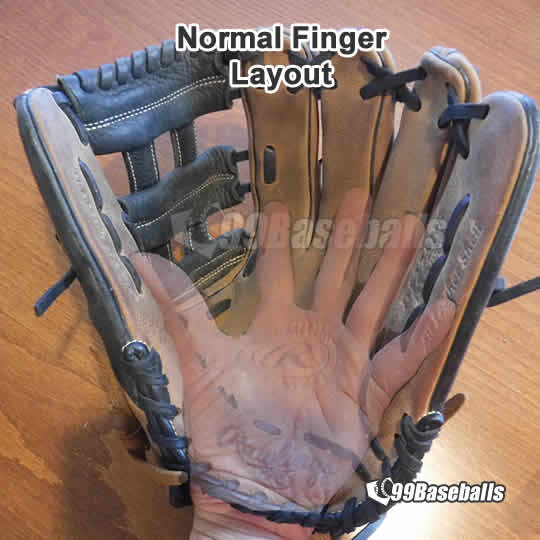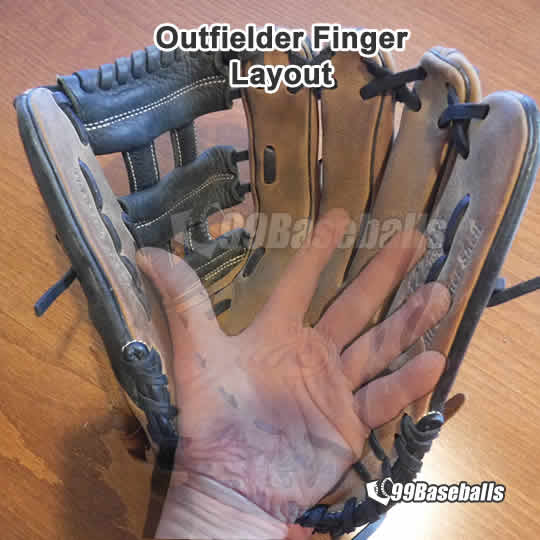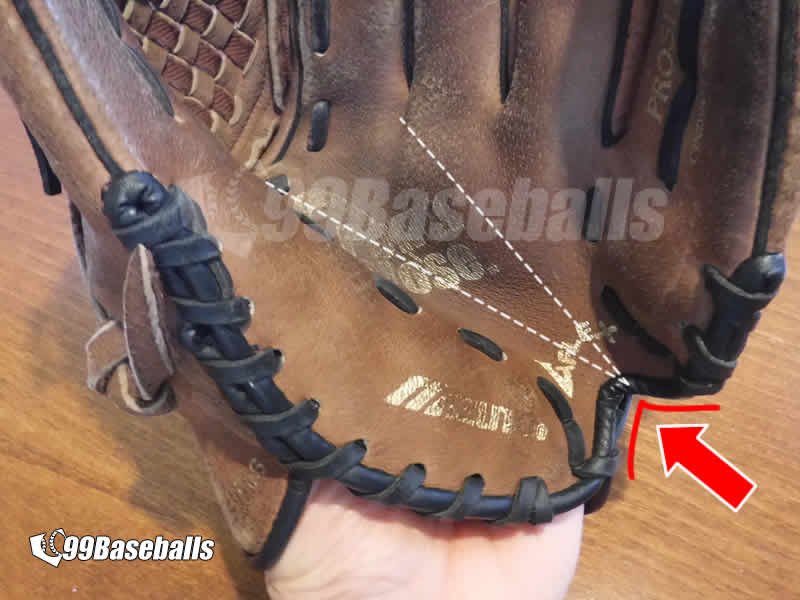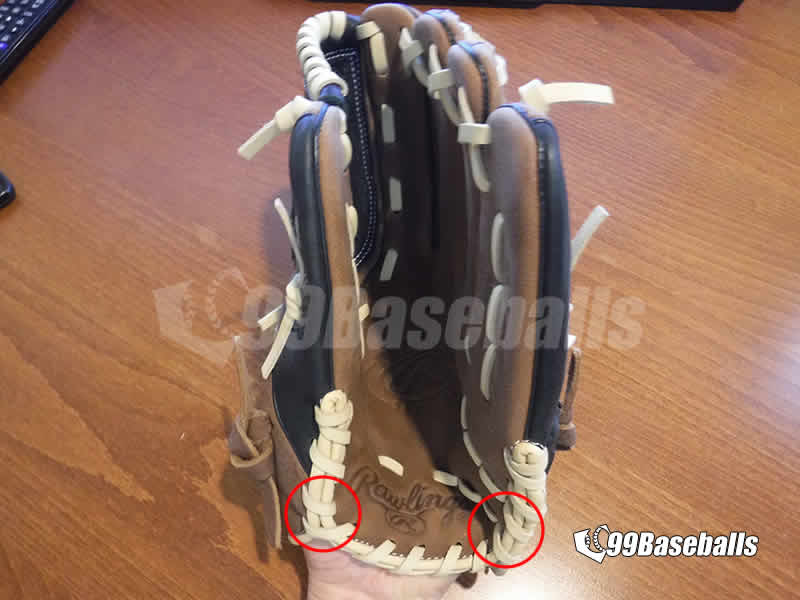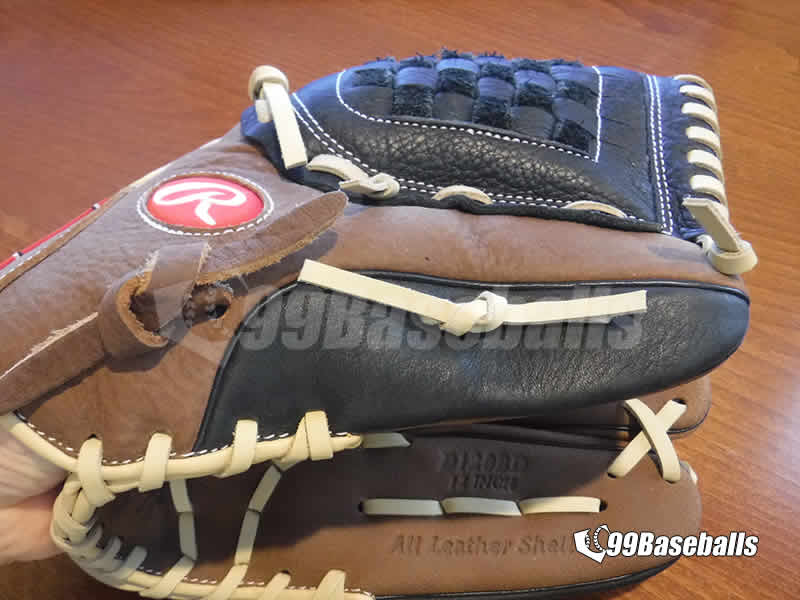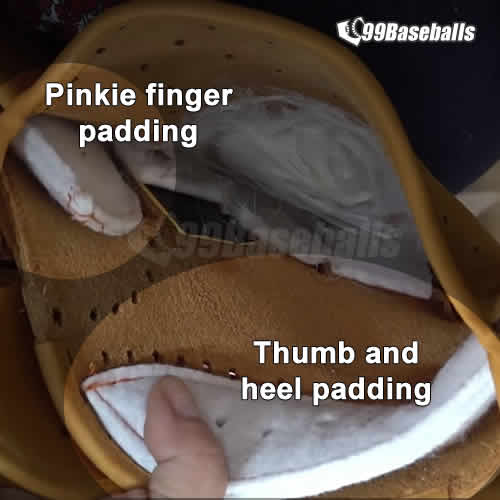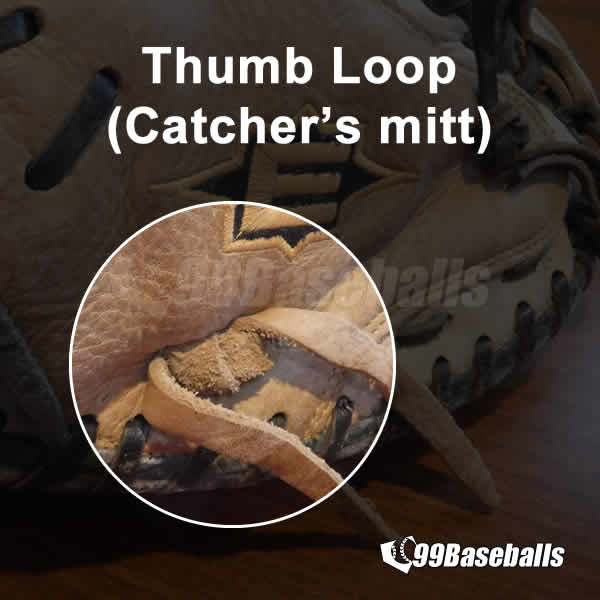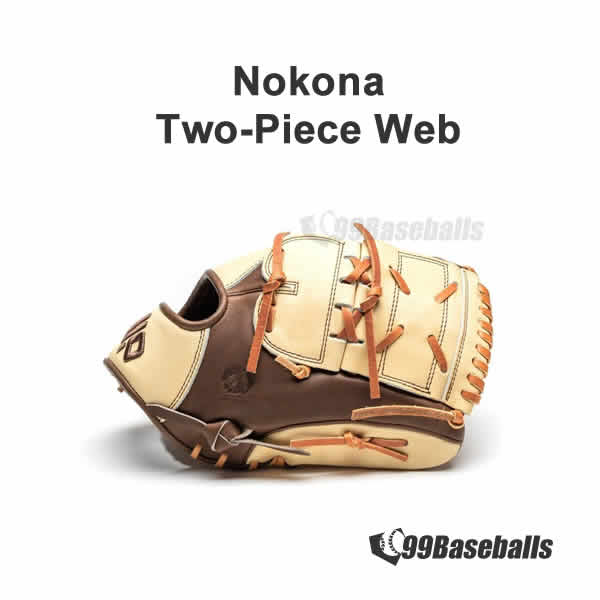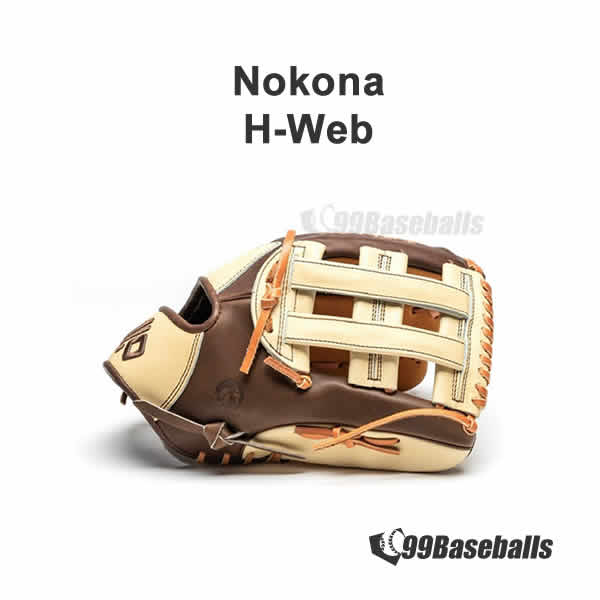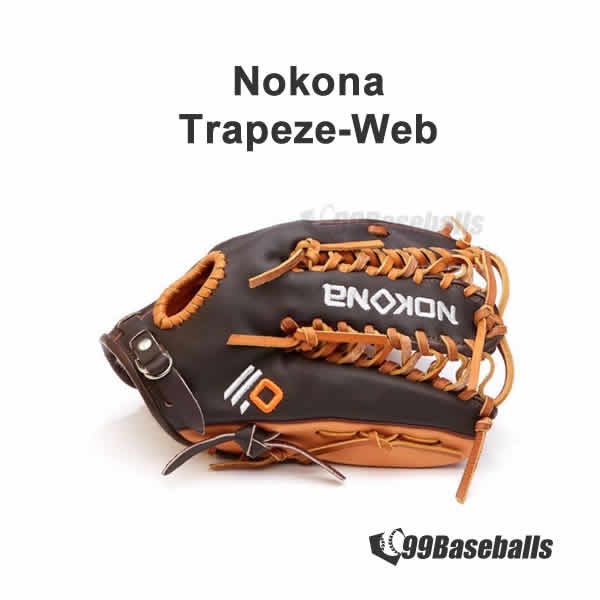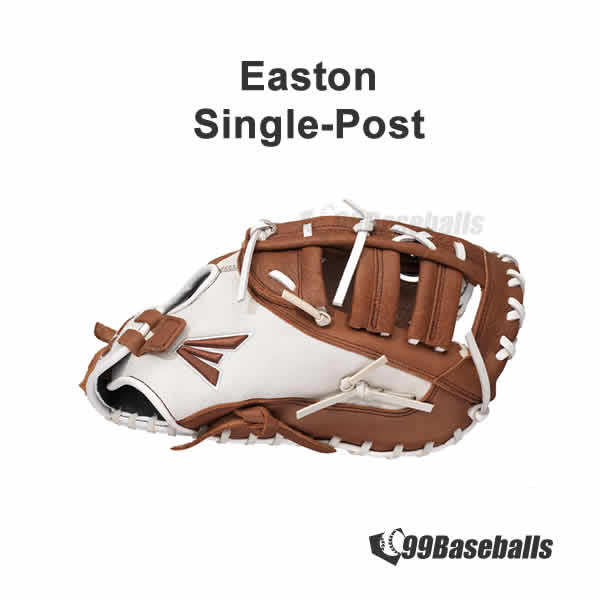Key Points
- Knowing the parts of a baseball glove is crucial when buying the right glove
- Information includes a comprehensive reference guide for all fielding gloves and mitts
Introduction
Whether you order a custom baseball glove or buy one off the rack, you need to be aware of the parts that go into making a baseball glove.
There are hundreds of glove models from Rawlings, Wilson, Mizuno, Marucci, Nokona, All-Star, and others brands, so it is difficult to cut through the marketing hype and select the right glove.
Confusion is also prevalent when buying a used baseball glove from eBay, Facebook Marketplace, SidelineSwap, etc., because the model information may no longer be available.
I highly recommend reading and understanding the anatomy of a baseball glove to become a “glove expert.” so that you can make the right buying decision.
Table of Contents
Baseball Glove Parts
Baseball First Base Mitt Parts
Please note that mitts under the name Rawlings DCT series (“Double Ca-Thud”) have been discontinued.
Backs
There are three types of backs: open, partial, and closed.


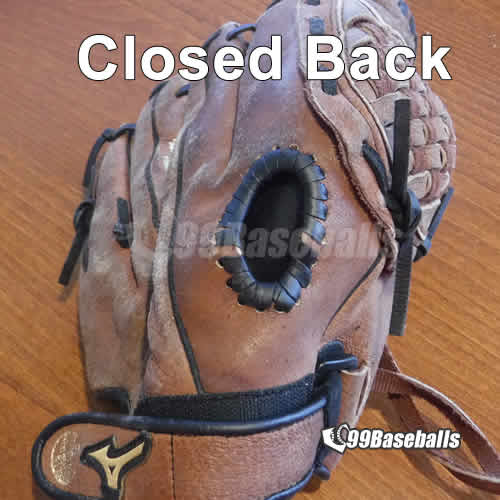
The type of back chosen by a player is highly personal but generally speaking, the following guideline is used for younger players:
- Open back – knuckles are exposed and gloves are more flexible; most older players playing middle infield (SS, 2B) prefer this type because gloves can enhance reaction time
- Hybrid back – wrist straps are shaped to expose one or two knuckles; commonly found in gloves designed to 8-10 year old players as they learn to catch batted balls
- Closed back – comes with a finger hole (for index finger); the closed back makes the glove more rigid and is preferred by outfielders for pocket stability. This design is common for 9-10 year old players but has fallen out of favor in the older crowd due to how heat trap. Instead, older players buy open back baseball gloves and place their index fingers out of the glove for enhanced glove control
Finger Pad
You may have noticed some players placing their index fingers outside the glove. Catchers, first basemen or shortstops take the brunt of the batted and thrown balls.
By having the index finger out, the extra layer of protection will reduce the hand sting. Some off-the-shelf and custom gloves come with a finger pad.
Finger Hood
Please note that the finger hood feature is normally not found in ready-made gloves. Small glove shops as well as Rawlings Glove Lab can install it.
Most outfielders will keep their index fingers inside the glove to avoid injury (i.e. possibly jamming their fingers if they fall while sprinting).
Bridge
Bridge connects web to the glove via leather laces. Many batted balls are caught in the web (pocket) so the bridge lace takes the brunt of the stretching force.
Some outfielder gloves come with an extended webbing/bridge.
Crotch (web)
Crotch is the ideal spot to catch a baseball.
Some players are taught to catch in the palm (can be painful to young players) or in the webbing (slows down the ball transfer time).
Finger Stalls
The type of glove you wear will dictate where your fingers will end up.
All fielding baseball gloves other than first baseman’s mitt and catcher’s mitt will have five individual finger pockets for maximum dexterity/control.
First baseman’s mitt will have four finger pockets (ring and pinkie fingers are in one pocket).
A catcher’s mitt will also have four pockets but they are angled differently than the first baseman’s mitt.
Older Players in the Outfield
For older players, the proper glove action is to close the glove with thumb touching the pinkie finger.
If a player has fingers in each of the finger stalls, it is very difficult to close the baseball glove this way. Instead, the outfielder should insert their ring and pinkie into the pinkie finger stall, middle finger into the ring finger stall, and index finger into the middle finger stall.
Using this finger layout allows the player to close the glove with a “snow cone” shape to trap the baseball.
Hinges (a.k.a. breaks)
Hinge design boils down to how gloves are closed by a hand.


Most youth gloves have a smaller heel pad to allow a single-hinge action. Most gloves intended for 13U and older player have a wider heel pad to allow double-hinge action.
Single-Hinge Gloves
A single hinge closing allows infielders to wrap their glove around the ball with a shallow pocket, then make a quick ball transfer to throw the runner out.
With a slightly narrower heel pad, a player closes his single-hinge glove by touching their thumb and index finger together. This action is slightly faster to close (than a double hinge glove) and is preferred by most infielders.
Please note that select Mizuno youth gloves come with a cut corner (red arrow in Fig 1.1) so that the glove can be closed easier.
| Note |
|---|
| If your single-hinge glove is relatively stiff (not floppy), you can turn it into a double-hinge glove by adding a fold near the thumb when you break-in the glove. |
Dual Hinge Gloves
A double-hinge glove comes with a wider heel pad with two break points. A double hinge glove creates a deeper pocket to catch a ball by touching thumb to the pinkie finger.
A double hinged glove is primarily in first baseman’s mitt, catcher’s mitt, and outfielder’s glove (outfielder’s gloves tend to resemble a “snow cone”).
Unless you purchase a fielding glove with dual hing cutout (see Mizuno glove above), your glove must be broken-in properly to take advantage of the dual hinge feature.
Heel
The heel of a baseball glove is located just below the palm area. All glove makers add extra felt padding to the heel as well as the thumb and pinkie finger stalls.
Combination of the leather, lacing, and padding provide base structure to shape the glove.
Palm
The palm (a.k.a. pocket) of a baseball glove along with the web allows a player to securely holds on to the ball. Most older players are taught to field a ball in the pocket to prevent a ball from rattling inside the pocket to reduce the ball transfer time.
High quality baseball gloves will use a durable type of leather along with an extra layer in the palm area for added protection.

Cheap gloves tend to have inferior, thin palm leather which increases the likelihood that a player’s hand will hurt, especially fielding a batted ball. Thinner palm leather also means the pocket will most likely crease, increasing the chance that a ball will “pop out” when caught.
Thumb and Pinkie Finger Straps (loops)
Both straps allow players to adjust the glove tightness around their thumbs and pinkie finger. The knots on these straps tend to come loose so you should check them before each game.
Fielding Glove
Most youth fielding baseball gloves come with an adjustable thumb loop only.



Fielding gloves for older kids and adults come with little finger and thumb loops (as shown above).
Catcher’s Mitt
Regardless of the age, all catcher’s mitts come with both pinkie and thumb loops.
Playing with a loose thumb strap (especially if you are a catcher) will often result in a “catcher’s thumb.” Catcher’s thumb is a baseball slang to describe a condition where thumb ligaments are repeatedly hyperextended. The result is a significant pain and the player must rest before resuming baseball activity.
In addition to ensuring that the thumb strap is tight, an injured player can wear a catcher’s thumb guard to alleviate some pain (please refer to the Complete Guide to Youth Baseball Catchers Equipment Gear post).
Wrist Strap
Wrist strap allows a player to adjust his glove fitting around the wrist.
Most gloves for 12 and under come with a Velcro (hook and loop) straps and allows variable adjustment for maximum comfort.


Gloves for 13 and over players come with leather lacings with designated holes for limited adjustment.
Some Mizuno gloves for youth players come with an extra interior wrist strap to ensure that glove does not come off easily.

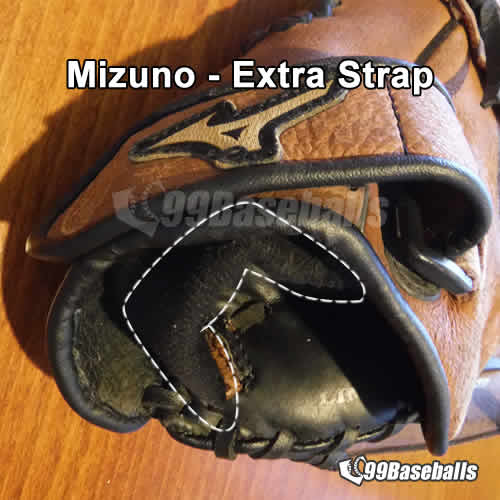
Wrist/Glove Opening
Tee-ball baseball glove is the smallest size you can buy.
Below is a wrist opening size guideline when provided by Rawlings Glove Lab:



The actual opening size will differ among glove makers. As stated previously, some Mizuno youth gloves come with extra wrist straps which will effect the overall opening size.
Web (webbing)
Webbing is the material between the thumb and index finger on a baseball glove. Invented in 1920 by a pitcher named Bill Doak, the new webbing design consisted of different types of weaving and laces that increased the catching area of the glove by creating a “pocket”.
In addition, pitchers used a weave or two-piece design to hide a ball from batters.

- Basket Web: This is one of the two patterns used by pitchers looking to hide their balls. The weaved basket is made from softer leather so it is easy for kids to close the glove
- Two-piece Web: Similar to the basket web, two-piece web type is good at hiding pitching grips. Because there is more material, this glove is heavier than other gloves
- I-Web: “I” design allows dirt and debris to fall away when the ball is about to be transferred to a throwing hand. This design is very popular with infielders
- H-Web: This design is very popular with third basemen. The open design allows dirt to fall away while providing sturdy webbing to catch a hard-hit baseballs
- H-web (modified): Identical to the H-web design except it adds a to pleather strip to increase the web surface area
- Cross-Web: Also referred to as single post, this design is also popular with infielders
- Trapeze-Web: Often used by outfielders, the interlaced webbing creates a deeper pocket
- Trapeze-Web (modified): Almost identical to trapeze-web, it adds one extra horizontal strip to provide added glove stability
- Dual-Bar Web: Dual bar features two wide horizontal leather strips laced together. This design is commonly found with the first baseman’s mitt
Conclusion
Who would have thought that a baseball glove can be so complex?
Understanding the the anatomy of a baseball glove will allow you to identify different parts of a baseball glove so that you can make informed decisions when buying a new or used baseball glove.








